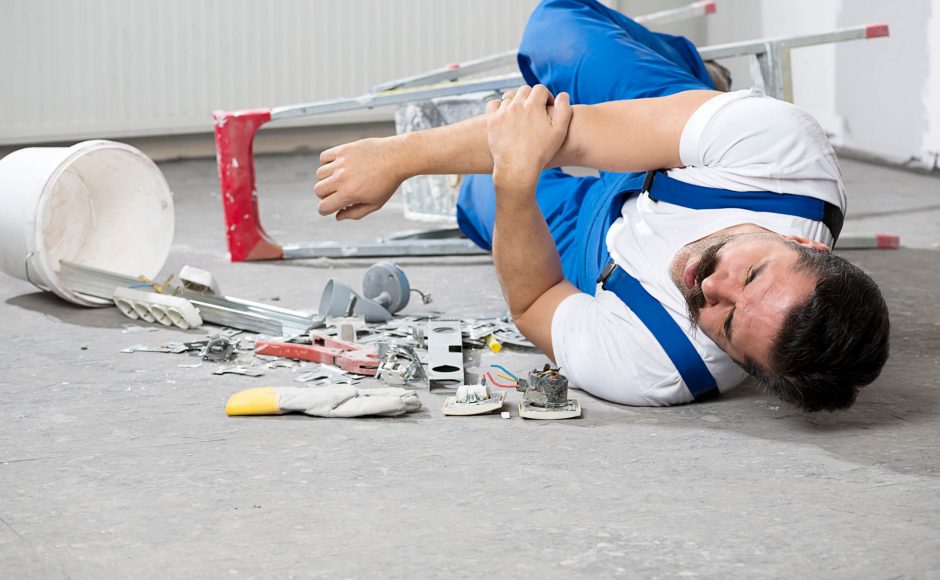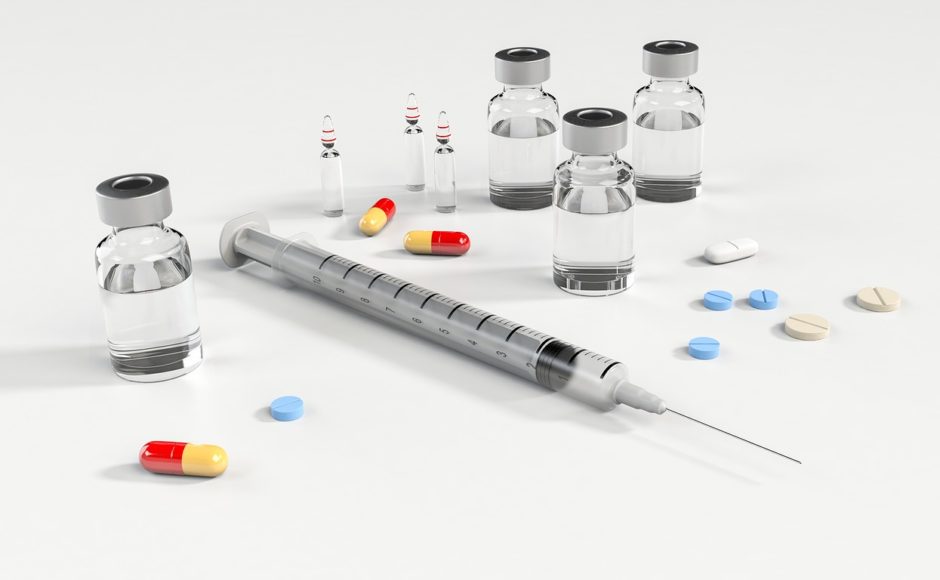In slip and fall accidents, gathering evidence to develop a strong legal claim poses a unique challenge. You must demonstrate not only the circumstances that led to your fall but also the fact that the owner of the property had a reasonable knowledge of these circumstances. Further, your records should show that this individual neglected to act upon that knowledge, a choice that ultimately became the direct cause of the accident. When filing a claim after your slip and fall injury, it is essential to provide irrefutable evidence to fully support your case. This can be done by securing the help of a well knowledge slip and fall lawyer.
Two primary aspects that you will need to focus on as you develop your slip and fall case are as follows:
- Premises Liability: If you sustained injuries on someone else’s property, you can seek compensation for the losses associated with your injury. This is because the owner of the property is held to certain legal obligations associated with their ownership of said property. These obligations are recognized collectively as the property owner’s “duty of care.”
- Duty of Care: The owner is required to provide a safe environment in which visitors can move about the property free of preventable hazards, such as slippery surfaces, or unstable flooring.
Under the premises liability law, if the property owner fails to uphold their duty of care, you have the right to pursue legal action if you incur injuries resulting from a slip and fall accident in the facility. This is especially true if the property owner did not provide a warning or some form of notice to the public of the present hazard. In this case, you would need the following evidence as you proceed in your legal claim:
-
- Evidence of the hazardous conditions: As soon as you are able, you must collect as much documentation reflecting all details of the scene of the accident. Photo evidence will be critical in forming the foundation of your case, along with video recordings and your written account of what happened.
- Documentation of your injuries: After you’ve gathered all evidence of the scene and gotten the personal information of any nearby witnesses, you must visit a medical professional as soon as possible. Your physician will provide you with a visit summary that outlines your condition after the fall. This will serve as a key factor in the development, and ultimately, the success of your case.
Once this information is collected, you will need to work alongside your lawyer to use it all in tandem in the demonstration of the property owner’s fault.
Proving Fault for Your Accident
In order to prove that the property owner was liable for your injuries, you must act further in the procuring of evidence for your case. As mentioned above, your responsibility is to demonstrate that they neglected their duty of care. This requires evidence that they not only knew about the hazard but failed to act upon this knowledge. To acquire such evidence, your lawyer may request that an expert provides a testimony outlining the following information:
- Periodic inspections of the facility
- Schedule of property maintenance
- Protocols concerning hazard control
This information, although challenging to acquire, is critical to creating a sound lawsuit. With the help of a lawyer, you can rest assured that this, along with all evidence listed above, will be included in your case to ensure your receipt of the necessary compensation in support of your recovery.




